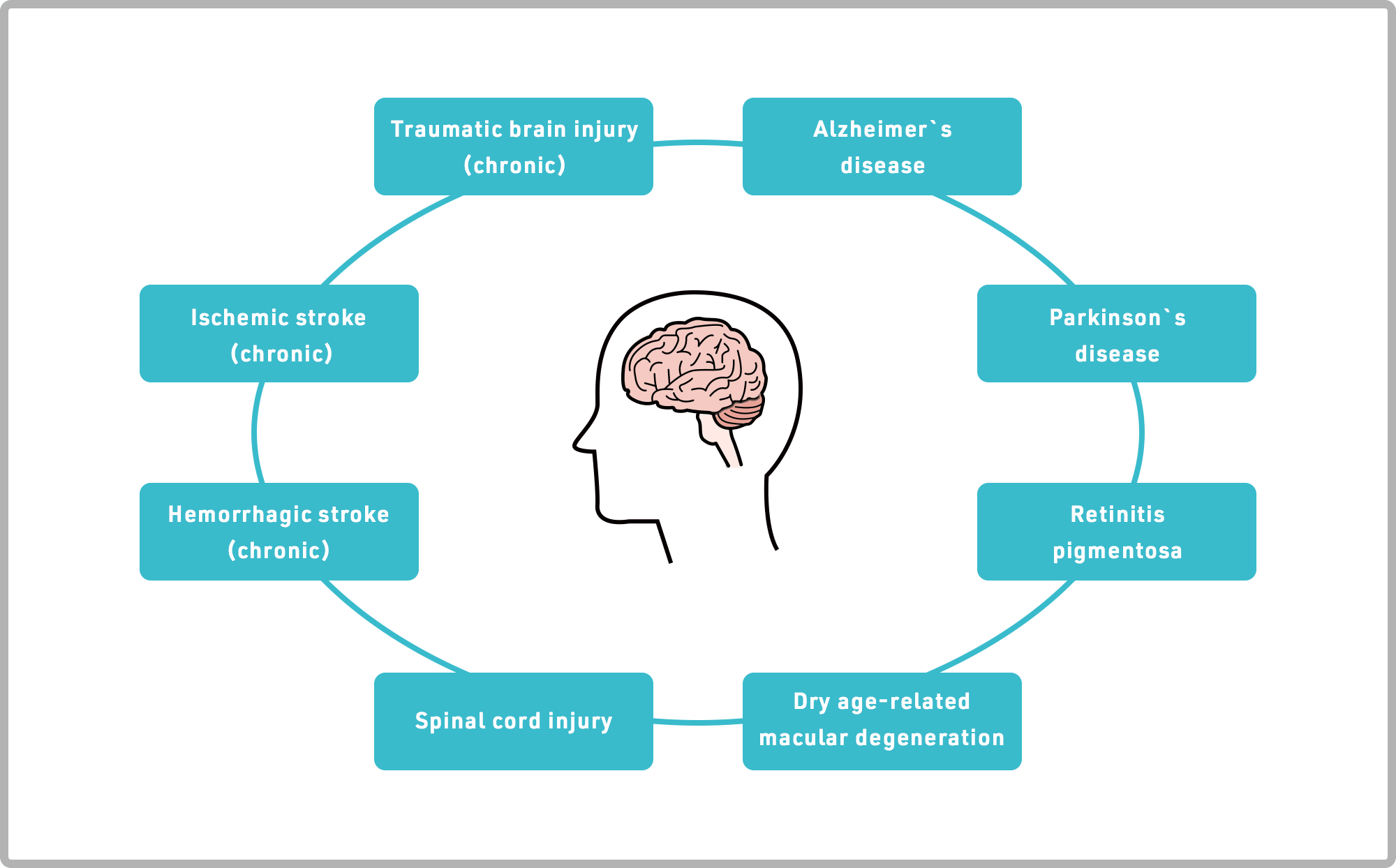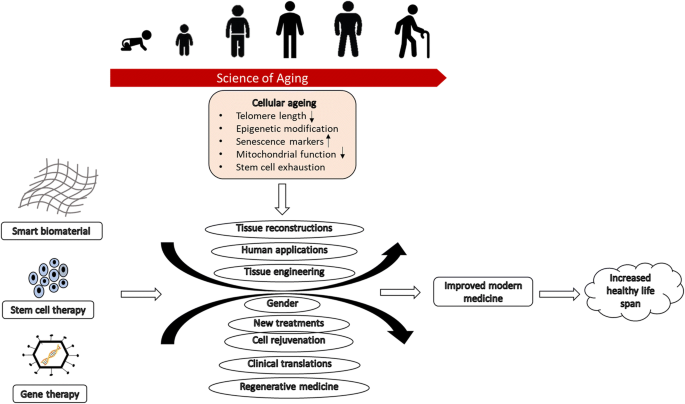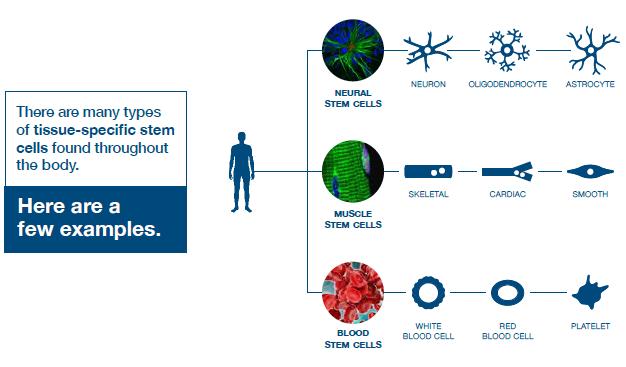Table of Contents

[/image][=video]
[/video]
The majority of websites utilized for bone marrow harvesting are situated in the hip bones and the breast bone. In recuperation, the benefactor might experience some discomfort in the areas where the needle was inserted.

If an autologous transplant is intended, formerly collected stem cells, from either peripheral (apheresis) or harvest, are counted, screened, and ready to instill. The preparations for a bone marrow transplant vary depending on the sort of transplant, the illness requiring transplant, and your resistance for certain medications. Take into consideration the following: Usually, high dosages of radiation treatment and/or radiation are consisted of in the preparations.
This therapy is frequently called ablative, or myeloablative, due to the effect on the bone marrow. The bone marrow produces the majority of the blood cells in our body. Ablative therapy stops this procedure of cell production and the marrow comes to be vacant. A vacant marrow is needed to include the new stem cells to grow and establish a new blood cell production system.
It is not an operation to place the marrow right into the bone, yet is similar to obtaining a blood transfusion. The stem cells locate their means into the bone marrow and begin duplicating and growing new, healthy and balanced blood cells. After the transplant, encouraging care is provided to prevent and deal with infections, negative effects of treatments, and difficulties.
Menopause Treatment around Ann Arbor, Michigan
The days before transplant are counted as minus days. The day of transplant is taken into consideration day zero. Engraftment and recuperation following the transplant are counted as plus days. A client might enter the hospital on day -8 for preparative routines. The day of transplant is numbered absolutely no. Days +1, +2, and so on, will certainly adhere to.
The days are phoned number to assist the person and household comprehend where they remain in terms of threats and discharge preparation. Throughout infusion of bone marrow, the client may experience the following: Pain Chills Fever Hives Chest pain After infusion, the person might: Spend several weeks in the health center Be very vulnerable to infection Experience excessive blood loss Need blood transfusions Be confined to a tidy environment Take multiple anti-biotics and other medicines Be provided medicine to stop graft-versus-host diseaseif the transplant was allogeneic.
Depending on the kind of transplant and the condition being dealt with, engraftment usually takes place around day +15 or +30. Blood counts will be inspected commonly throughout the days following transplant to assess initiation and progress of engraftment. Platelets are typically the last blood cell to recuperate. Engraftment can be postponed because of infection, medications, reduced given away stem cell count, or graft failing.
Anti-biotics, antifungal medicines, and antiviral medicines are commonly offered to attempt to prevent severe infection in the immunosuppressed client. Thrombocytopenia (low platelets) and anemia (low red blood cells), as an outcome of a nonfunctioning bone marrow, can be dangerous and even life-threatening.
Discomfort related to mouth sores and gastrointestinal (GI) inflammation prevails. High doses of radiation treatment and radiation can cause extreme mucositis (swelling of the mouth and GI system). Fluid overload is a problem that can result in pneumonia, liver damage, and hypertension. The primary reason for fluid overload is since the kidneys can not stay on par with the big amount of liquid being given up the form of intravenous (IV) medications, nourishment, and blood items.
Stem Cell Therapy

Breathing standing is a crucial feature that might be compromised throughout transplant. Infection, swelling of the airway, liquid overload, graft-versus-host disease, and bleeding are all possible life-threatening difficulties that may occur in the lungs and lung system. The liver and heart are very important body organs that might be damaged during the transplantation procedure.
Failure of the graft (transplant) holding in the marrow is a potential difficulty. Graft failure may happen as an outcome of infection, reoccurring illness, or if the stem cell matter of the contributed marrow wanted to cause engraftment. Graft-versus-host condition (GVHD) can be a significant and life-threatening complication of a bone marrow transplant.
Instead of a body organ transplant where the person's immune system will attempt to decline only the hair transplanted organ, in GVHD the new or transplanted immune system can assault the entire individual and all of his/her organs. This is since the brand-new cells do not acknowledge the tissues and organs of the recipient's body as self.

The most usual websites for GVHD are GI tract, liver, skin, and lungs. Prognosis significantly depends upon the following: Sort of transplant Kind and extent of the condition being treated Disease response to therapy Genes Your age and overall health Your resistance of specific medications, treatments, or therapies Seriousness of complications Similar to any type of treatment, in bone marrow transplant the diagnosis and long-term survival can differ significantly from individual to individual.
Regenerative Therapy
Constant follow-up treatment is essential for the client complying with a bone marrow transplant. New approaches to improve therapy and to reduce difficulties and negative effects of a bone marrow transplant are constantly being uncovered.
Accessed June 5, 2017. The hope is to recover damaged tissue that will not effectively heal on its very own. Regenerative medicine treatments can be split into three groups: facilitate recovery by infusing or putting online cells into the client. Examples of mobile treatment consist of PRP and stem cell therapies, which can be made use of to treat tendinopathy and other sporting activities injuries.
Phys Medication Rehabil Clin N Am. 2014; 25( 4 ):881 -95. As time passes, private doctors discover and share info, improving the application of these treatments. See Are PRP Shots Effective?Until extra is understood, regenerative medicine therapies are not thought about standard technique and insurance coverage strategies usually do not cover them. Numerous people want to pay out-of-pocket. is progressing quickly with innovationsin stem cells, gene therapy, and cells engineering. This write-up digs into these cutting-edge methods, highlighting their transformative possibility for tissue and organ fixing. are poised to change clinical treatments and improve client end results. Cell regrowth, the process of recovering shed cells to recoup typical function, differs across various tissues and body organs. In Drosophila larval wing discs, cells resistant to apoptosis help tissue regeneration. Computer mouse number suggestion regrowth is moderated by the blastema, being composed of numerous progenitor cells, as highlighted in this research study.: The variety of cells within a tissue can affect regeneration. Peripheral nerves, for example, include Schwann cells, nerve fibroblasts, and immune cells, each playing a role in nerve regrowth, as reviewed right here. These variables engage dynamically, making cell regrowth an intricate process that differs based upon the specific cells or body organ. Cell regrowth plays a crucial role in keeping the body's general health and wellnessand health. It is in charge of fixing and replacing broken or aging cells, making sure the appropriate performance of body organs and tissues. Reliable cell regrowth treatment can dramatically affect the treatment of different medical problems, including degenerative conditions, injuries, and even the aging procedure. Numerous significant milestones have marked the progression of cell regeneration research. In the late 18th century , Italian biologist Lazzaro Spallanzani carried out introducing experiments on the regrowth of amphibian arm or legs, giving evidence for the regenerative capacity of certain microorganisms. In the 20th century, the discovery of stem cells by Canadian researchers Ernest McCulloch and James Till reinvented the field. Harold E. Varmus, who played an important duty in clarifying the hereditary basis of cancer cells, and Dr. Michael S. Brown and Dr. Joseph L. Goldstein, that found the role of low-density lipoprotein (LDL) receptors in cholesterol metabolic rate. Stem cell treatment is just one of the most thoroughly investigated and encouraging branches of cell regeneration therapy. This irritant activates a local inflammation response, which triggers the launch of development elements and the recruitment of regenerative cells. Over time, the regenerative cells help with the repair and regeneration of injured cells, supplying relief to people experiencing persistent musculoskeletal discomfort or joint instability. Cartilage material regeneration therapy focuses on bring back harmed or degenerated cartilage material, which plays an important function in joint function and movement. Some cells, such as epithelial cells in the skin or the lining of the intestinal tract, have a high turnover price and can restore swiftly. On the other hand, cells in the central anxious system, such as nerve cells, have actually limited regenerative capacity. This difference is mostly due to the intricacy of the cells, the visibility of inhibitory elements, and the cellular environment. Cell regeneration therapy offers appealing options for accelerating wound healing and dealing with numerous injuries.
Navigation
Latest Posts
Perimenopause Treatment local to Ann Arbor, Michigan
Menopause Therapy
Menopause Treatment servicing Ann Arbor, Michigan